
Glaciers in West Antarctica have receded by hundreds of meters in the last seven years, scientists have found. In the years between 2002 and 2009, warm ocean water beneath ice sheets in the Amundsen Sea caused pronounced melting.
The Amundsen Sea is located off the West Antarctica coast next to the southern Pacific Ocean. Difficult ice conditions made it difficult for scientists to explore and map the sea before 1994. That year, it was found that warm Circumpolar Deep Water was in contact with the continental shelf and could cause the widespread melting of glaciers.
Over recent decades, scientists have confirmed that a number of the fastest melting glaciers in the world are located in the Amundsen Sea. It is the area with the largest net mass loss of ice on the continent.
They have researched how influxes of warm water slowly erode the sub-ice shelves from beneath via cavities.
The study, published in the journal Nature, is the first to accurately measure ice shrinkage in the area.
Spearheaded by Ala Khazendar from the California Institute of Technology, the team of scientists relied on airborne data taken by the NASA Operation IceBridge – a project that captures images of the Earth’s polar ice in extreme detail.
The images enabled the team to measure variations to three key Antarctic glaciers named Smith, Kohler and Pope, which are located in the Amundsen Sea embayment.
The information gathered between 2002 and 2009 indicates there was an unbalanced loss of ice on the Smith, Kohler and Pope glaciers in only seven years. Smith Glacier was the most affected – it receded by as much as 70 meters per year, and lost almost half a kilometer of ice thickness in total over the seven-year period.
Data analyzed since 2009 indicate the phenomenon is continuing, although to a smaller extent. Scientists have found that the grounding line of Smith Glacier receded into a deep trough, which led to continued significant ice loss up to now. However, less ice loss was reported between 2009 and 2014 on Kohler and Pope Glaciers with the melting effect being less dramatic.
The study found that there was greater flow of warm deep water pouring into sub-ice-sheet cavities in the mid-2000s, and this caused the Amundsen Sea glaciers to recede.

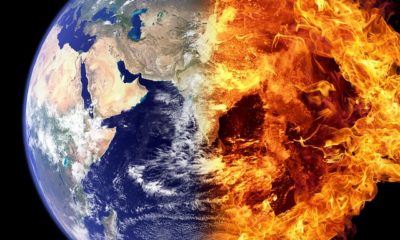
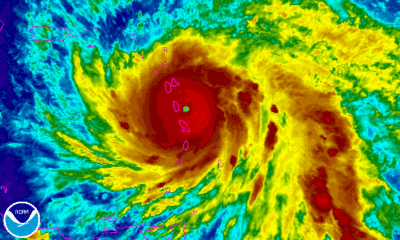
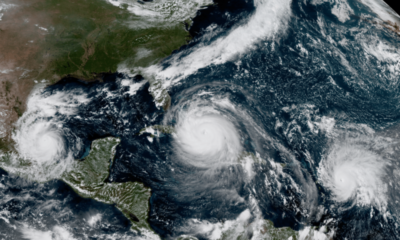
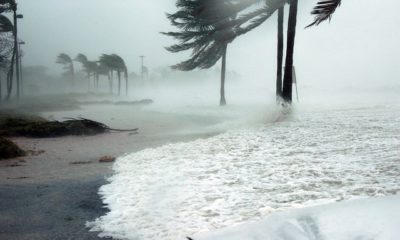
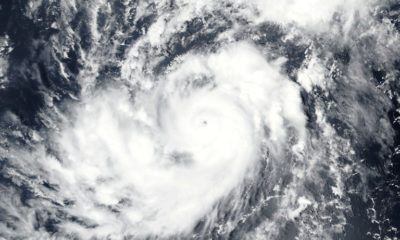

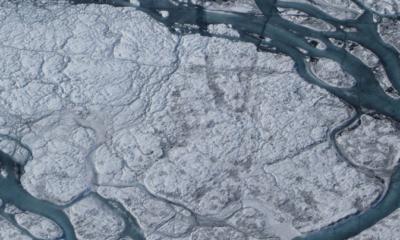
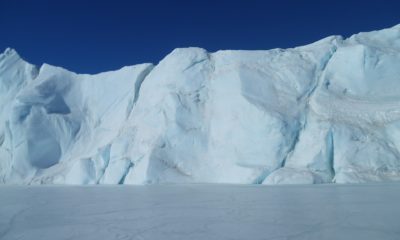






Facebook
Twitter
Pinterest
Google+
LinkedIn
Email